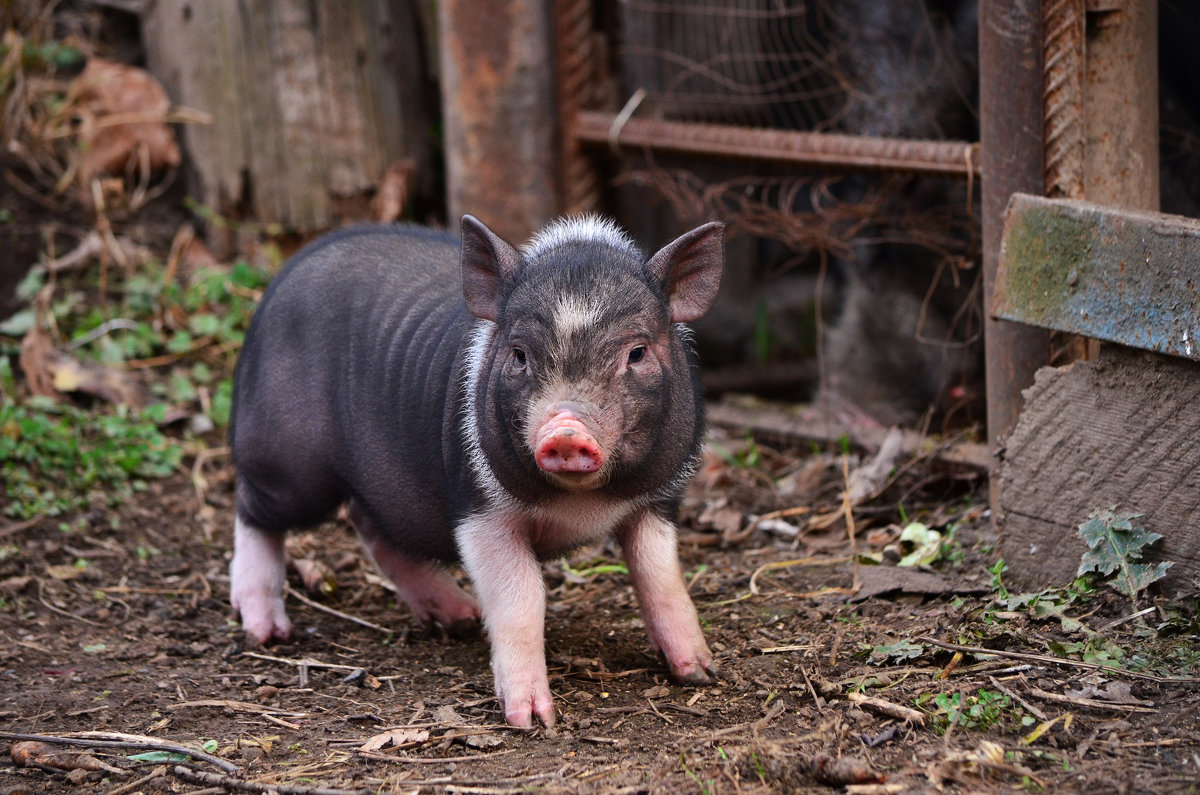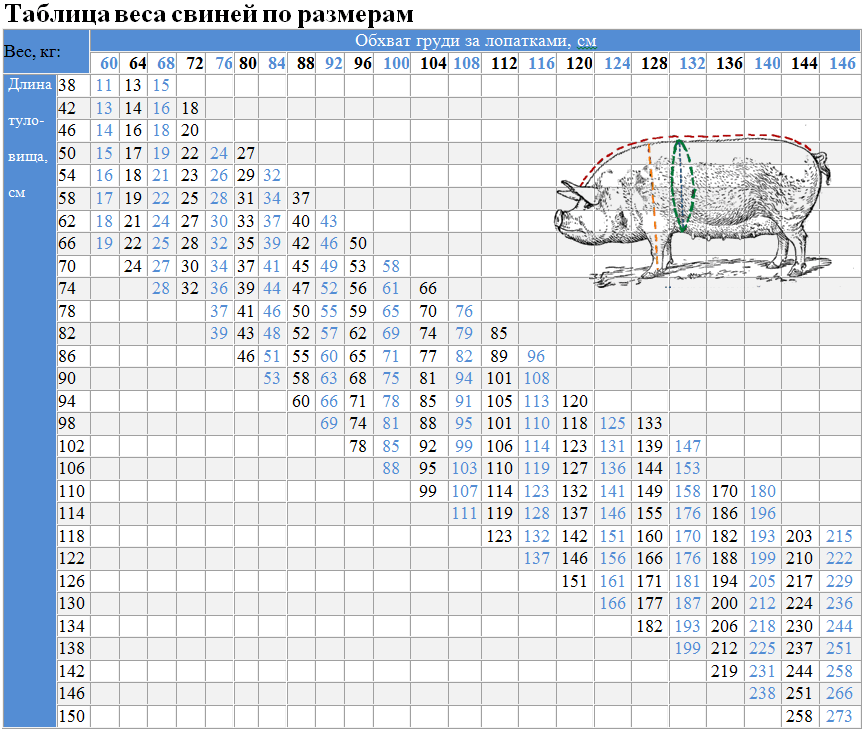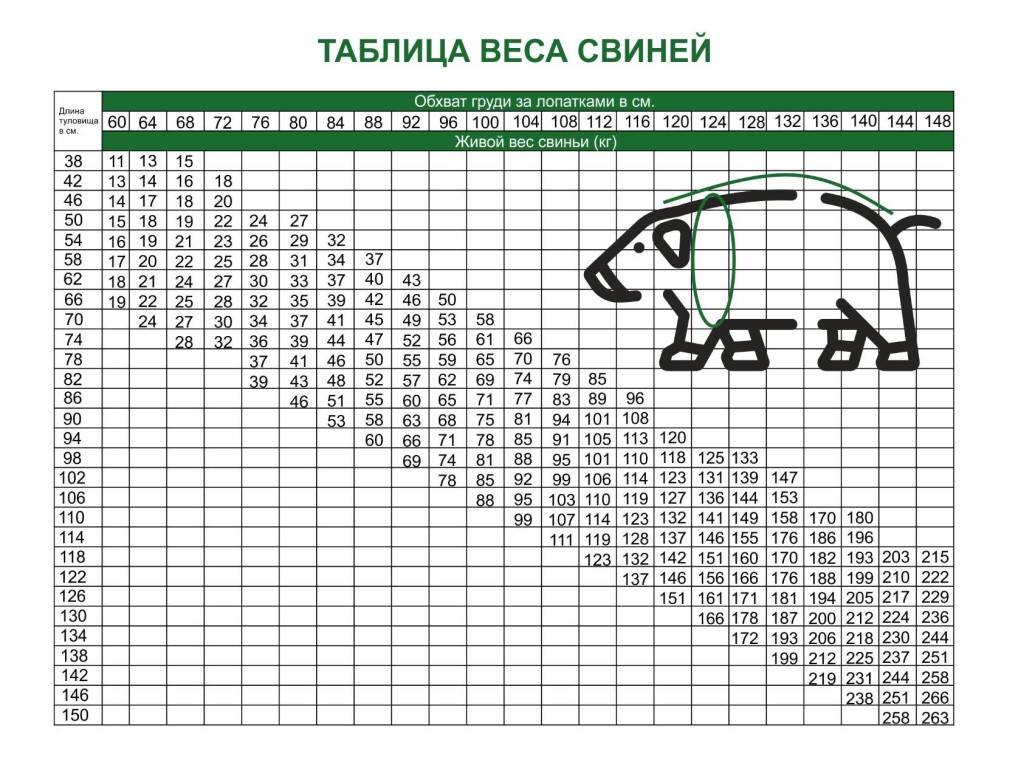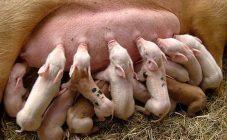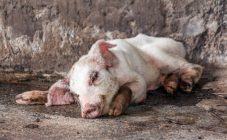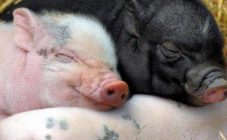Content:
The Vietnamese (Asian) pot-bellied breed with a drooping belly and short legs has recently been gaining more and more popularity among Russian farmers. These pigs are less whimsical to the conditions of keeping and feeding, cleanliness, take up less space and have stronger immunity. Such a pig brings an early abundant offspring, and its meat is more tasty and tender. This breed should be raised differently from normal pigs, as their weight gain is different.
The importance of weight control
When piglets of any breed are reared commercially, one of the main indicators is their weight. The Vietnamese pig breed is characterized by rapid weight gain, therefore, especially close control is necessary for it, especially in the first month after farrowing.
It is very important to know the exact weight of suckling pigs, because if it is poorly set (or, conversely, too fast), the mumps may have health problems.
For example, if the weight of a young pot-bellied hog is too different from the indicators, how much a piglet should weigh at 3 months, you need to pay attention to its appetite, the amount of sleep and activity.
It is very important to know the weight of piglets in order to correctly calculate the amount of nutritional supplements, vitamins and medicines given to them, which are determined per kilogram of live weight.
Weight gain in Vietnamese pigs stops after surviving up to 20-24 months. If, after this period, it continues to grow, we can talk about obesity, which must also be combated by increasing the mobility of the mumps and adjusting the diet.
Piglet weight table by month
The weight of Vietnamese piglets by month is determined using a table. So, at the time of birth, the cub does not reach a kilogram - it weighs 350-600 grams. Schematically, the relationship between the age of Vietnamese piglets and their weight can be represented as follows:
- one month - from 3.5 to 5 kilograms;
- two months - 10 kilograms
- three months - from 20 to 25 kilograms;
- four months - from 30 to 35 kilograms;
- five months - from 40 to 45 kilograms;
- six months - from 50 to 60 kilograms;
- seven months - from 61 to 70 kilograms;
- eight months - from 71 to 80 kilograms;
- nine months - from 80 to 85 kilograms;
- ten months - from 85 to 90 kilograms;
- eleven months - from 95 to 100 kilograms;
- one year - one centner;
- two years - from 135 to 160 kilograms.
At the turn of 1-2 months, the piglets begin to gradually wean from the sow, chalk and clay, cereals enriched with vitamins A and D are added to the diet. Feeding mother's milk for as long as possible does not justify itself, since it leads to a lack of iron in the pig's body and, as a result, lagging in height and weight. For growth Vietnamese piglets are given compound feed.With proper nutrition, the weight of the cubs at two months should be close to 10 kilograms.
Piglet weight calculation at 3-4 months
Vietnamese piglets gain weight very quickly, as seen in the previous table. However, this happens until a certain age. So, at three months, pigs experience puberty and especially an explosive jump in weight. According to pig breeders, according to the tables, Vietnamese piglets at three months will weigh 20 to 25 kilograms, while females are slightly smaller than males. The nutrition of such babies is no longer different from the diet of adult pigs - grass, hay, compound feed, vegetable mixture and cake, legumes, kitchen cleaning. For boars, the food should contain a sufficient amount of bone meal for proper development (more than five percent). In some farms, it is at this age that pigs are fed for meat or lard.
Due to a sharp increase in muscle mass, the average weight indicators at this age in Vietnamese piglets are very significant and range from 30 to 35 kilograms (on average, 33 kilos). When slaughtered, the yield of clean meat from each slaughtered animal is more than 80 percent (while in other breeds this figure does not exceed 65%). As a rule, farmers believe that further maintenance and fattening of pigs of this breed for meat (breeding work is not taken into account) becomes unprofitable.
Calculating the weight of an adult pig
After six months, the piglets are already considered gilts and continue to gain weight by consuming the diet of adult animals (grass, compound feed, vitamin and mineral supplements). With such a menu, they grow tender bacon, two fingers thick.
Knowing how much a pot-bellied pig weighs at 6 months, one should decide: for meat or lard, further fattening will be carried out, since until this age the "Vietnamese" pigs grow into meat, and then into lard. Further weight gain must be controlled by adjusting the diet: for example, if the diet contains more than 10 percent of corn, the piglets will become excessively fat.
Purebred dwarf pigs kept in proper conditions gain up to 110 kilograms of live weight by 10-11 months, which gives about a centner of pure delicious meat. Those animals that are kept after this age (as a rule, breeding boars and sows), up to two years old, gain weight from 135 (females) to 160 (hogs) kilograms.
So to calculate for Vietnamese pot-bellied pig approximate weight at 6 months and older, you need to find out two main parameters:
- body length, which is measured from the center of the nape (at the nape of the animal) to the main point of the tail (where it connects to the spine);
- girth of the pig on the shoulder blades - the tape is wrapped around the animal to capture both the most prominent points on the shoulder bones.
In order to obtain reliable indicators, when taking measurements, you must follow the following instructions:
- it is best to carry out the procedures in the morning, since the mobile "Vietnamese" are even less active at this time, and there is an opportunity to get more accurate measurements;
- hogs and pigs should be measured on an empty stomach, since in this case it is easier to interest them in the treat;
- you will need an assistant with something tasty for the animal to help him take the most convenient position for measurement - it is advisable to set the pig motionless;
- when measuring the length of the body, one end of the measuring tape is held near the middle part of the nape of the animal, gradually stretching it to the base of the tail, while it is imperative that the pig's head is on the same horizontal line with the body, right in front of the measuring one;
- when measuring the "circumference" of the pig, the tape should not be pulled too tight, and also loosened too much;
- due to the mobility of the animal, errors of 1-2 centimeters are allowed;
- having received the necessary data, along the horizontal and vertical lines of a special table, they find the cell of their intersection, in which the approximate average weight of a pig with such parameters is located;
- using the measurement results, the weight of the animal can be determined by certain formulas, where special coefficients are used that take into account the fatness of pigs;
- sometimes they use the Kluver-Strauch method for measurement, where the table shows the oblique size of the pig's carcass (it is used not only for them, but also for measuring large animals).
The fashion for Vietnamese pot-bellied pigs has come into the domestic pig farming. A sow of this breed can bring up to 20 babies twice a year. They grow up quickly, and you can monitor how Vietnamese piglets are gaining weight by month using a special table known to every pig breeder. For adults that grow up to 2 years old, weight can be calculated based on measurements of the pig's body.
